If you are acquainted with the “fitspo” side of the internet, then you will have noticed that pretty much everywhere you look, you are bombarded with protein powders, pre workouts, BCAA’s…the list goes on. It’s very easy to get confused, or even sucked into the world of supplements and you can end up spending a lot of money on things you don’t really need. So where to start?
Do you need to take supplements?
The simple answer to this question is nope. If you have a balanced and healthy diet, drink enough water, make sure you have enough vitamins and get enough sleep, there is no reason at all why you should need anything to supplement your diet. Because that’s all supplements really are…something to supplement your food intake. They are not necessities by any means.
So why take them?
Protein is an incredibly important part of your diet. It makes sure your antibodies function properly, it regulates enzymes and hormones, and of course it helps your muscles to repair and grow. You can get protein from a range of sources; pea, soy, eggs, chicken and nuts. Taking a scoop of protein is no different from eating any of these sources of protein. However it is much more convenient to sip on a protein shake after the gym, rather than rush home and down a couple of chicken breasts, not to mention much cheaper!
Will drinking protein shakes make you “bulky”?
There is a common misconception that people take protein shakes to “bulk up”, but this is simply ridiculous. Of course you can take protein shakes on top of your normal diet to increase you calorie intake, and therefore put on weight. But drinking a protein shake with 25g of protein and 100 calories is no different to eating a chicken breast with 25g of protein and 100 calories!
What do I take?
I like to keep it simple and take as little supplements as possible. At the moment I drink protein shakes, occasionally use pre-workout and have recently started drinking BCAA’s during my workouts.
-
Protein Powder
I am currently using the ICON Nutrition 100% Grass Fed Whey in the Cookies ‘N’ Cream flavour and good lord…it is heaven. I would actually say that this is my favourite protein powder i’ve ever tried. When you mix it with cashew milk it tastes like a chocolate milkshake. *heart eyes emoji*.

With 25g of protein per serving, 125 calories and only 1g of carbs and fat, this protein powder is super macro friendly!

Another protein powder which will always have a place in my heart is the MyProtein Impact Whey in the Chocolate Mint flavour. Before trying the ICON Whey this was my go-to protein powder, it tastes good, it’s cheap and again the macros are really good.

Finally another protein powder which I am a massive fan of is the Pure Blend Co Acai Berry, Blueberry & Camu Camu Whey Protein. I wrote a full review of this a couple of posts back so check that out if you want to know more about it! In a nutshell though it is completely free from any nasty additives or artificial flavorings and they have a great range of vegan options.

-
Pre Workout
Pre workout is essentially just caffeine, it’s something you can take when you maybe have a heavy session ahead of you, or you’re feeling a bit tired and are in need of a boost. I would not recommend taking pre workout more than 2/3 times a week, at most, because the caffeine is really not good for your body and eventually you will become immune to it and need more and more.
My favourite pre workout has to be the Chaos & Pain Cannibal Ferox in Watermelon flavour. This stuff is the real deal and contains “the most brutal stimulant legally on the market, OrchileanTM”. You only need a tiny amount of this and you feel seriously pumped. It doesn’t take wonderful, but it’s not the kind of awful that makes you want to throw up (which can only be a good thing). The only downside it that it’s quite expensive, especially when you include shipping from the US.

My second favourite, which I am using at the moment, is the ICON Nutrition Ignite Pre-Workout in Green Daiquiri flavour. This stuff tastes really good, pretty much just like apple juice. It doesn’t give you the “jittery” feeling a lot of other pre workouts do instead giving you a hit of adrenaline. The only downside is that the pumped feeling only lasts for a 15/20 minute window, but it is good for those final heavy sets!


-
Branch Chain Amino Acid’s
BCCA’s are essential nutrients found in foods like meat, dairy and pulses. Consuming a BCAA powder increases our our ability to recover after a workout, aides in fat loss (they are not fat burners) and helps to keep the immune system strong and healthy.
The BCCA’s I am using at the moment are the ICON Nutrition Amino Performance (BCAA & L-Glutamine Drink) in Pink Lemonade flavour.

Just like all the other products from ICON Nutrition, this tastes seriously nice, no complaints in that department. It also contains 5g per serving of L-Glutamine which is really important as when you are training, Glutamine levels are being depleted in your body, this decreases your strength, stamina and recovery.

I’m sorry this post was a little longer than usual but I hope it was useful in some way.

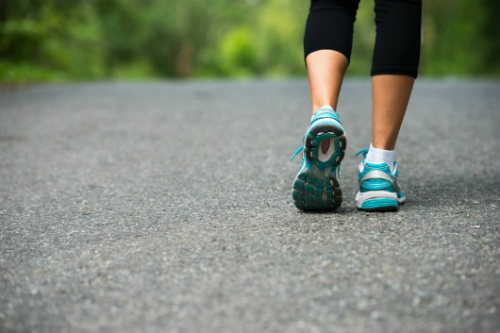
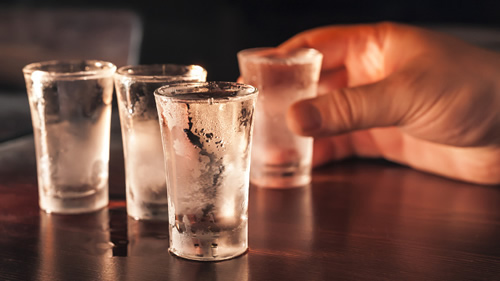



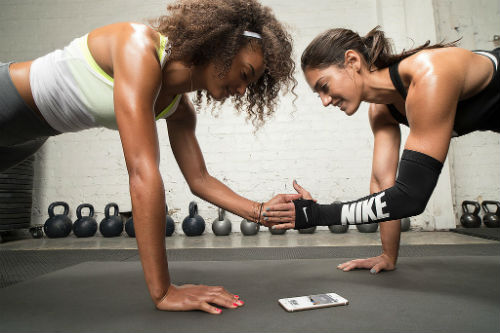


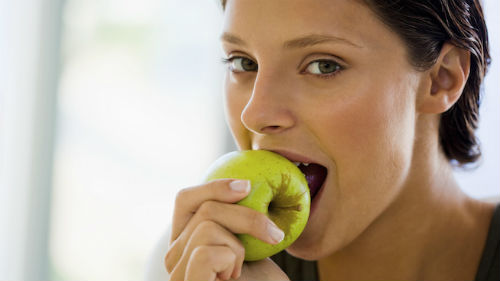

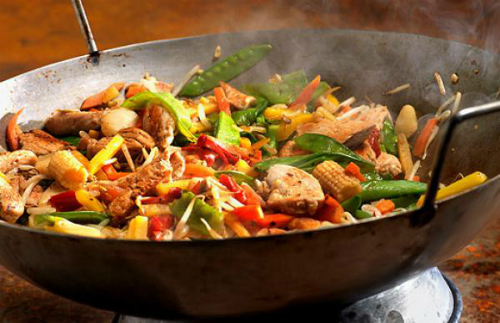



















 Keep your legs straight and take your legs up to 90 degrees, pulsing on the way down for an extra burn.
Keep your legs straight and take your legs up to 90 degrees, pulsing on the way down for an extra burn.





 She is a 25-year-old, 5′ 5” female weighing 140 pounds. She currently does no exercise and has a full time job as a waitress.
She is a 25-year-old, 5′ 5” female weighing 140 pounds. She currently does no exercise and has a full time job as a waitress. 

 ap, I can pretty much guarantee the ‘chicken pieces’ have probably never seen a chicken before. See: horse meat scandal of 2013.
ap, I can pretty much guarantee the ‘chicken pieces’ have probably never seen a chicken before. See: horse meat scandal of 2013.  me other nasty things. I’m not saying opt for full fat milk or full fat cream, but instead of having 15g of Lurpak Lightest just have 5g of normal Lurpak.
me other nasty things. I’m not saying opt for full fat milk or full fat cream, but instead of having 15g of Lurpak Lightest just have 5g of normal Lurpak. bled eggs or an omelette, use all the whites and only one yolk, as whilst being high in nutrients the yolk is also high in cholesterol.
bled eggs or an omelette, use all the whites and only one yolk, as whilst being high in nutrients the yolk is also high in cholesterol. , and they only take about 10 minutes to cook. Most supermarkets offer deals where you can buy a sauce, noodles and vegetables for about £3. Just watch out for high sugar contents in your sauces!
, and they only take about 10 minutes to cook. Most supermarkets offer deals where you can buy a sauce, noodles and vegetables for about £3. Just watch out for high sugar contents in your sauces! r as meat seasonings go. You simply open up the cooking bag provided, pop in your meat of choice, vegetables and seasoning provided and give it a shake. Then oven bake for 30-40 minutes. The best part, each bag is about 50p and does for a whole chicken.
r as meat seasonings go. You simply open up the cooking bag provided, pop in your meat of choice, vegetables and seasoning provided and give it a shake. Then oven bake for 30-40 minutes. The best part, each bag is about 50p and does for a whole chicken. sweet potato. I put mine in the microwave for 10 minutes, then t
sweet potato. I put mine in the microwave for 10 minutes, then t